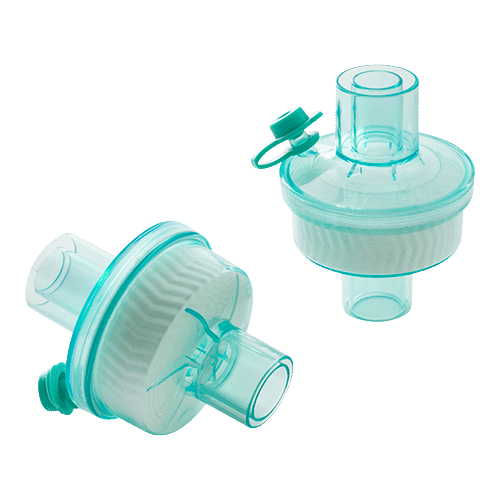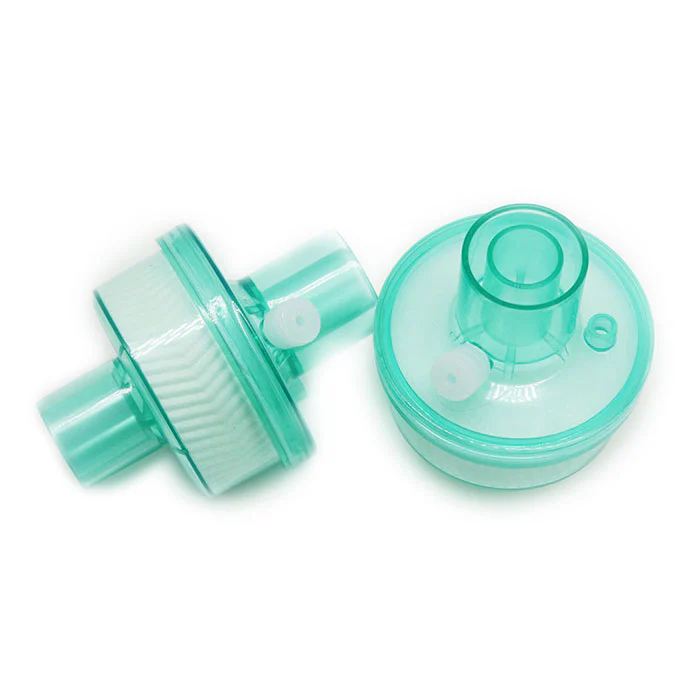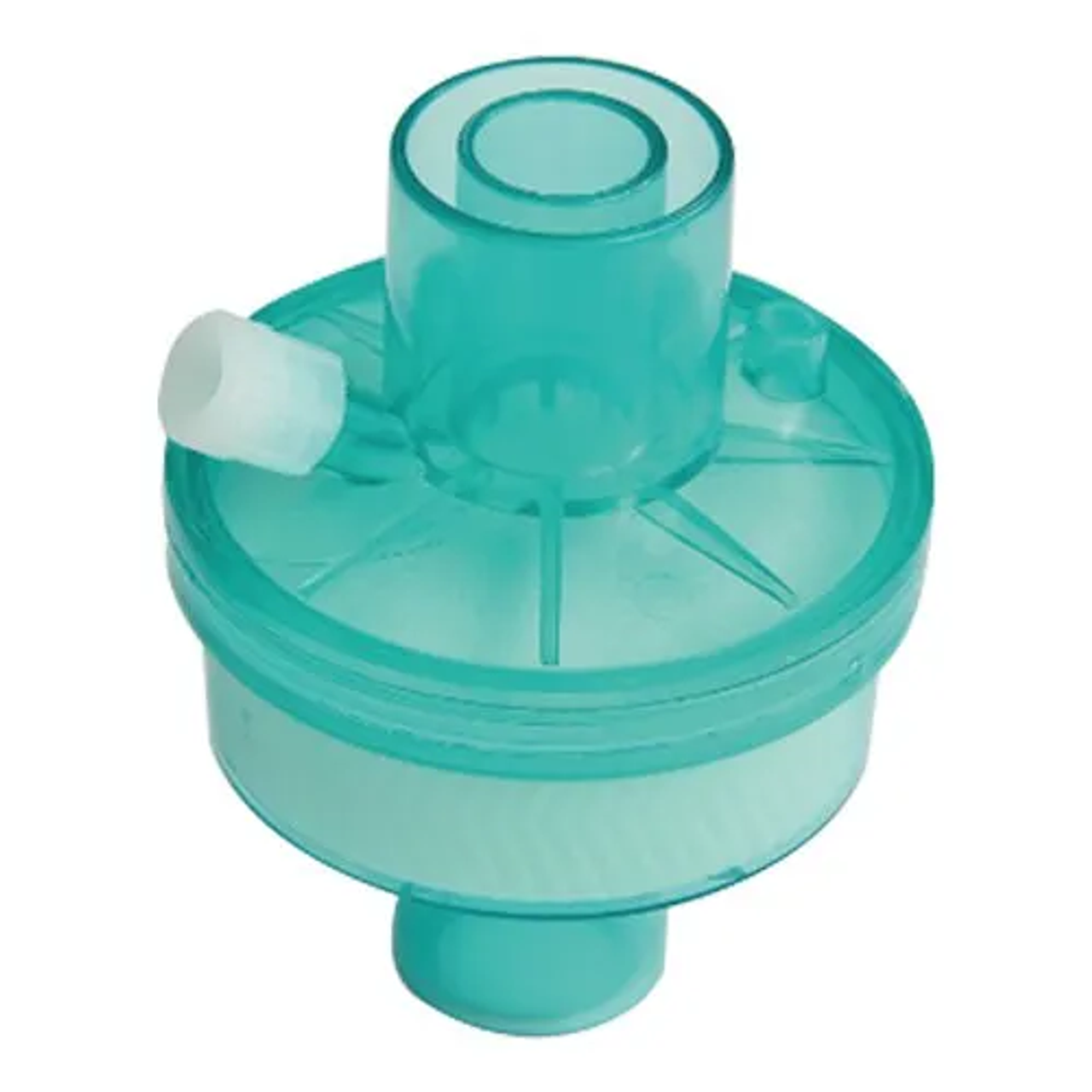- Your cart is empty
- Continue Shopping
Product
BHC HME Filter |HME Filter for Medical Use
₦5,000.00
Purpose:
-
Humidification:HME filters add moisture to the air, mimicking the natural humidifying function of the upper airway, which is bypassed when using a ventilator or tracheostomy.
-
Filtration:They also act as a filter, trapping dust, bacteria, viruses, and other particles to prevent them from entering the lungs.
-
Reduced Mucus Production:By maintaining proper humidity, HME filters can help reduce the production of thick mucus and coughing, especially in laryngectomy patients.
How they work:
-
Heat and Moisture Exchange:The filter contains a material (like foam or a special compound) that absorbs heat and moisture from exhaled air.
-
Re-humidification:This stored heat and moisture is then released into the next breath of inhaled air, warming and humidifying it.
-
Passive Humidification:This process is passive, meaning it doesn’t require an external power source like active humidifiers.
Clinical Applications:
-
Mechanical Ventilation:HME filters are crucial for patients on ventilators to prevent airway dryness and complications associated with long-term ventilation.
-
Tracheostomy Patients:They are used to humidify and filter air for individuals with tracheostomies, helping them breathe more comfortably.
-
Home Care:HME filters are also used in home care settings for patients requiring respiratory support.
-
Anesthesia:HME filters are also used during anesthesia to maintain airway humidity.
Add to cart
Buy Now
Only logged in customers who have purchased this product may leave a review.





Reviews
There are no reviews yet.